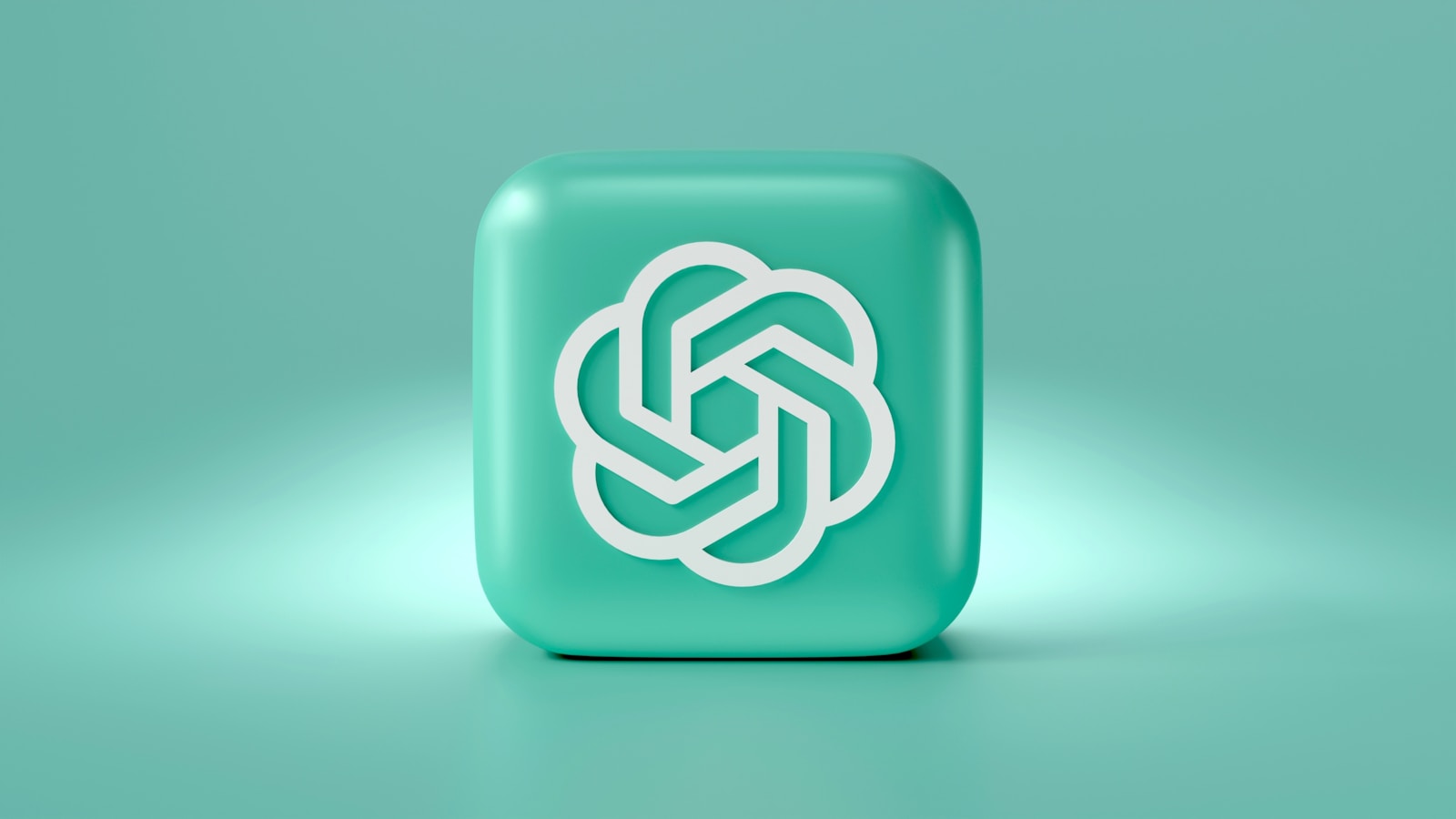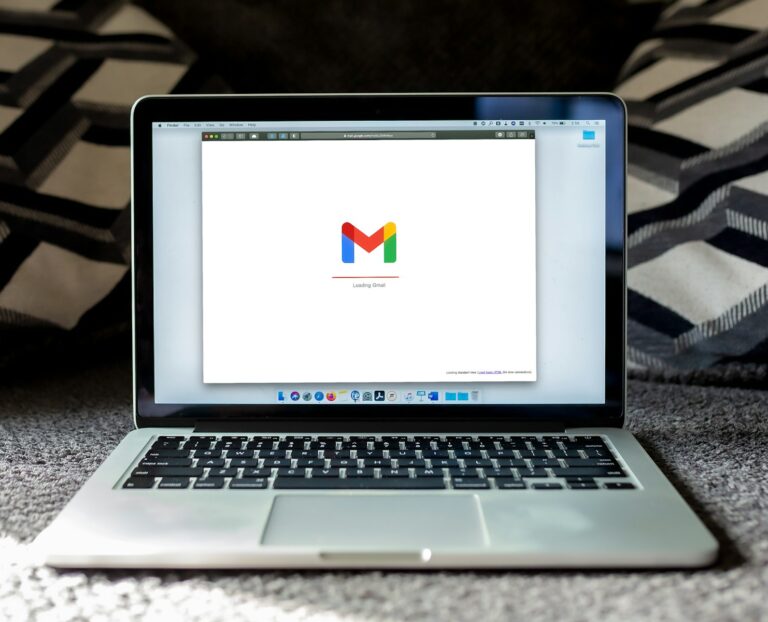Imagine this: you wake up, pour a coffee, open your laptop, and launch your very own AI assistant. Within minutes, it’s researching blog topics, responding to leads, or planning your next vacation—all without you lifting a finger. Welcome to the world of autonomous AI agents.
If you’ve heard the buzzwords “AgentGPT,” “AI agents,” or “AutoGPT” flying around but felt too intimidated to explore, you’re not alone. In this guide, we’ll break down how to build your first AI agent using AgentGPT—no coding skills required.
Let’s take a tour into the world of hands-free productivity powered by AI.
What is AgentGPT? And Why Should You Care?
AgentGPT is a browser-based platform that allows you to deploy, configure, and run autonomous AI agents with a goal in mind. Think of it as giving GPT a to-do list—and it does the job for you. Unlike ChatGPT, where you need to prompt it step by step, AgentGPT figures things out on its own using task chaining.
Why it matters:
- You don’t need to install anything locally
- No coding knowledge is required
- You can deploy your agent in minutes
- It mimics human-like decision-making
Whether you’re a digital entrepreneur, content creator, marketer, or simply a curious tech enthusiast, learning how to build your first AI agent could be a game-changer in 2025.
Step 1: Visit AgentGPT and Set Up Your Free Account
To get started:
- Go to https://agentgpt.reworkd.ai/
- Click “Sign In” (Google/GitHub sign-in supported)
- You’re in! The interface is simple and beginner-friendly
Note: You’ll need your own OpenAI API key to unlock the full power of your agent. Don’t worry—it only takes a minute to set up.
How to Get Your OpenAI API Key:
- Visit https://platform.openai.com/account/api-keys
- Click “Create new secret key”
- Copy the key and paste it into AgentGPT’s settings
This will give your agent access to GPT-4 (if your account supports it) and allow multi-step thinking.
Step 2: Create Your First AI Agent
Now comes the fun part.
You’ll see a dashboard with a field that says:
Name your custom AI agent and describe its goal
Let’s break this down:
- Name: Give your AI a name like “BlogMaster” or “StartupScout”
- Goal: Be specific, like:
- “Research 10 trending blog topics in the tech niche for 2025”
- “Generate a marketing plan for a skincare brand targeting Gen Z”
- “Create a list of 20 startup ideas using AI in healthcare”
Hit Deploy Agent—and watch the magic happen.
AgentGPT will:
- Interpret the goal
- Break it down into sub-tasks
- Execute each step independently
What Can an Agent Actually Do? (Real Examples)
| Use Case | Description |
|---|---|
| Content Creation | Research trending topics, write outlines, even full blog drafts |
| Lead Generation | Search for ideal client profiles, generate email templates |
| Market Research | Analyze competitors, list pricing strategies, summarize trends |
| Idea Generation | Suggest new business models or product ideas |
| Task Automation | Act as a VA—schedule content, draft newsletters, etc. |
Case Study: A UK-based solopreneur named Claire used AgentGPT to launch a blog. She simply typed, “Create a 6-month content calendar for a sustainable fashion blog targeting millennials.” The agent completed it in under 10 minutes—including keyword suggestions, blog titles, and posting frequency.
Step 3: Refine and Iterate Your Agent’s Output
AgentGPT isn’t perfect out of the box. It’s best when you:
- Give clear, outcome-driven goals
- Break big goals into smaller missions
- Review the outputs and re-prompt if needed
Tips for Better Results:
- Use verbs like “Plan,” “Generate,” “List,” or “Research”
- Avoid vague prompts like “be creative” or “do marketing”
- Combine multiple short prompts into one workflow goal
Pro Tip: You can clone agents with similar goals to avoid starting from scratch each time.
Step 4: Use AgentGPT with Other Tools
To make your agent more powerful, pair it with productivity tools:
- Zapier or IFTTT to automate tasks like posting to Google Sheets
- Notion to store the agent’s outputs as organized pages
- Trello for visual workflows
- Email tools like Mailchimp to auto-draft newsletters based on AI research
Example Workflow:
“AgentGPT → Google Sheets → Notion → Email Campaign”
Let’s say your agent generates 50 viral tweet ideas for your brand. You can pipe that list directly into your Notion content database, tag them with publish dates, and draft a Mailchimp campaign—all within an hour.
Common Mistakes Beginners Make (And How to Avoid Them)
| Mistake | Fix |
| Using too generic prompts | Be clear: “List top 10 SaaS tools for productivity in 2025” |
| Not reviewing the task chain | Monitor each step—sometimes it loops or misses logic |
| Ignoring API usage limits | Use GPT-3.5 if you’re on a budget. GPT-4 can burn credits faster |
| Expecting human perfection | Treat it as a smart intern, not a CEO |
Advanced Tip: Create Multi-Agent Workflows
What if one agent could pass data to another, like a relay team?
While AgentGPT doesn’t natively support multi-agent chaining yet (as of 2025), some users have begun manually copying outputs from one agent to feed another. Example:
- Agent A: “List 100 profitable blog topics for pet lovers”
- Agent B: “Write SEO-optimized outlines for each topic”
- Agent C: “Draft full-length blogs for top 10 topics”
It’s like building your own virtual team!
Pricing & Limitations
Currently, AgentGPT is free to use in browser, but you must:
- Supply your own OpenAI key (OpenAI bills separately)
- Be mindful of API token usage (GPT-4 costs more per 1,000 tokens)
| Model | Estimated Cost per 1,000 Tokens |
| GPT-3.5 | ~$0.002 |
| GPT-4 | ~$0.06–$0.12 depending on context length |
If you’re just exploring or testing, GPT-3.5 is cost-effective and still powerful.
Thoughts: AgentGPT Isn’t Just a Toy
AgentGPT represents a shift from “prompting” to “delegating.”
You’re not just chatting with an AI. You’re instructing a machine to reason, plan, and act.
Whether you’re a small business owner in Texas, a student in Manchester, or a freelance designer in Toronto, these autonomous agents can save you hours of work.
The key? Start small. Be specific. And iterate.



